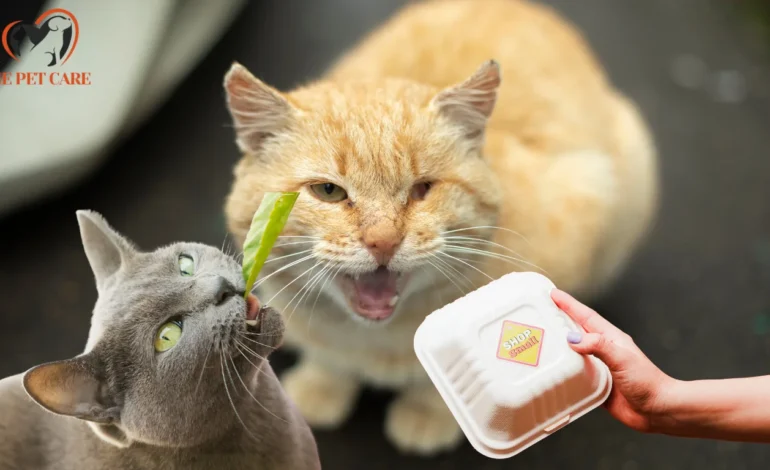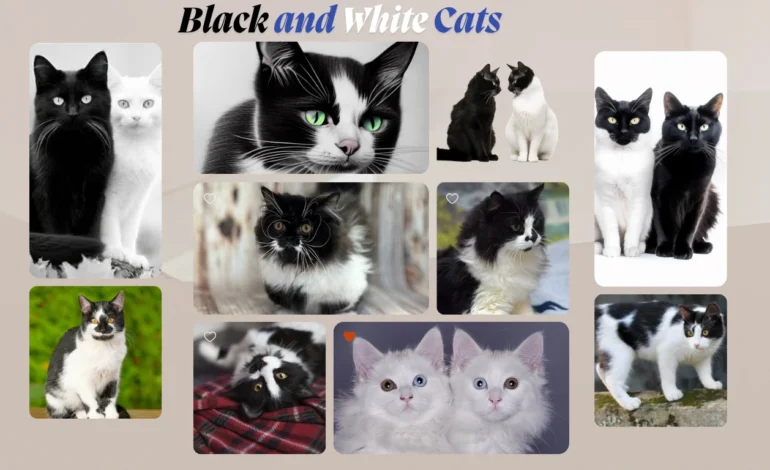
How Long Can a Cat Go Without Food?
Cats are famously independent, but when they stop eating, it can be a concerning thing. The cats might not be eating due to.
| 1- Stress. | 2- Illness. | 3- Or a change in behavior. |
knowing how long your cat can go without food, the risks involved, and when to seek help is crucial for any pet owner. In this article, we’ll explore how long cats can safely go without eating, what happens to their bodies during this time, and what you can do to help if your cat refuses food.
About-How Long Can a Cat Go Without Food?
Generally, a healthy adult cat can survive for about 1-2 weeks without food, as long as they have access to water. However, this doesn’t mean it’s safe for them to go that long without eating. The exact timeline depends on factors like their:
1- Overall health.
2- Weight.
3- Hydration levels.
There is a difference in the survival of different cats. While a healthy, well-fed cat might last a little longer, a sick or underweight cat could face serious health risks much sooner.
Water, on the other hand, is far more critical. Without it, a cat may only survive 3-4 days before dehydration sets in, leading to severe complications. Dehydration can be more dangerous than starvation, so it is essential to ensure that your cat stays hydrated.
Why Can Cats Survive Longer Without Food Than Humans?
Cats are obligate carnivores, meaning their bodies are designed in such a way that they thrive on a diet rich in animal-based proteins and fats. This evolutionary adaptation allows them to metabolize fat stores for energy when food is unavailable. They are able to lower their metabolic rate to conserve energy during periods of fasting.
However, this ability has its limits. If a cat goes too long without food, their body will start breaking down muscle tissue for energy, and their organs may begin to fail due to insufficient nutrition. While cats are stronger than humans when it comes to fasting, prolonged food deprivation can still have destructive effects.
What Happens to a Cat’s Body When It Doesn’t Eat?
When a cat stops eating, their body goes through several stages of starvation:
Days 1-2: The cat uses up stored carbohydrates (glycogen) in the liver for energy.
Days 3-4: Once glycogen is consumed, the body starts burning fat stores. If this continues, the cat will begin to lose muscle mass, as a result the cats will become weak. So, it is important to know how long a cat can go without food.
Day 5 and Beyond: Without food, the body starts breaking down important organs for energy, resulting in organ damage and failure.
Dehydration and Organ Failure
Dehydration is another major concern. Cats don’t naturally drink a lot of water, so if they’re not eating, there is a greater probability of not drinking enough either.
Dehydration can cause:
- Kidney failure: Dehydration is one of the leading causes of kidney failure in cats.
- Liver damage: Without food, a cat’s liver can start to break down stored fat, leading to a condition called hepatic lipidosis, also known as fatty liver disease. This can be fatal if not treated promptly.
Hepatic Lipidosis (Fatty Liver Disease)
One of the most serious risks of prolonged fasting in cats is hepatic lipidosis, or fatty liver disease. When a cat stops eating, their liver becomes overburdened by the breakdown of fat stores, leading to liver dysfunction.
Hepatic lipidosis can lead to:
- Jaundice (yellowing of the skin or eyes)
- Loss of appetite
- Lethargy
- Vomiting
- Diarrhea
This condition can be fatal if not treated promptly.
Factors That Affect How Long a Cat Can Go Without Food:
There are several factors that on which it depends how long a cat can go without Food, such as:
1: Age and Health:
Younger, healthier cats can typically handle fasting better than older or sick cats. Kittens, senior cats, and those with pre-existing conditions are at higher risk of complications.
2: Hydration:
Access to water is critical. A cat with water but no food can survive longer than one without food as well as water.
3: Body Condition:
A well-fed cat with a healthy weight has more fat reserves to rely on during fasting. Underweight cats may not have enough energy stores so they can die sooner.
4: Type of Food:
Wet food contains more moisture, which can help keep a cat hydrated. Dry food, on the other hand, may not provide enough hydration if the cat isn’t drinking water.
What to Do If Your Cat Won’t Eat
If your cat hasn’t eaten for more than 24 hours, it’s time to take action. Here’s what you can do:
Monitor for Signs of Illness:
Look for symptoms like:
1- Lethargy.
2- Vomiting.
3- Diarrhea.
4- Or changes in behavior.
These could indicate an underlying health issue.
Offer Different Foods:
Try tempting your cat with wet food, treats, or even plain meat-based baby food. Sometimes a change in texture or flavor can encourage them to eat.
Check for Dehydration
Make sure your cat is drinking water. If they’re not, try offering broth (without seasoning) or using a pet water fountain to tempt them.
Visit the Vet:
If your cat hasn’t eaten for 48 hours or shows signs of dehydration or illness, seek veterinary care immediately. Early intervention can prevent serious complications.
Conclusion:
| Act Quickly to Protect Your Cat’s Health! |
While cats can survive for a short time without food, it’s not something to take lightly. Prolonged fasting can lead to dehydration, organ damage, and life-threatening conditions like fatty liver disease. If your cat stops eating, monitor them closely, ensure they’re staying hydrated, and consult your vet as soon as possible.
Remember, your cat’s health depends on timely care. Don’t wait too long to seek help if they refuse to eat – it could make all the difference in their recovery. If you are keeping a cat pet then you must be informed how long a cat can go without food.








